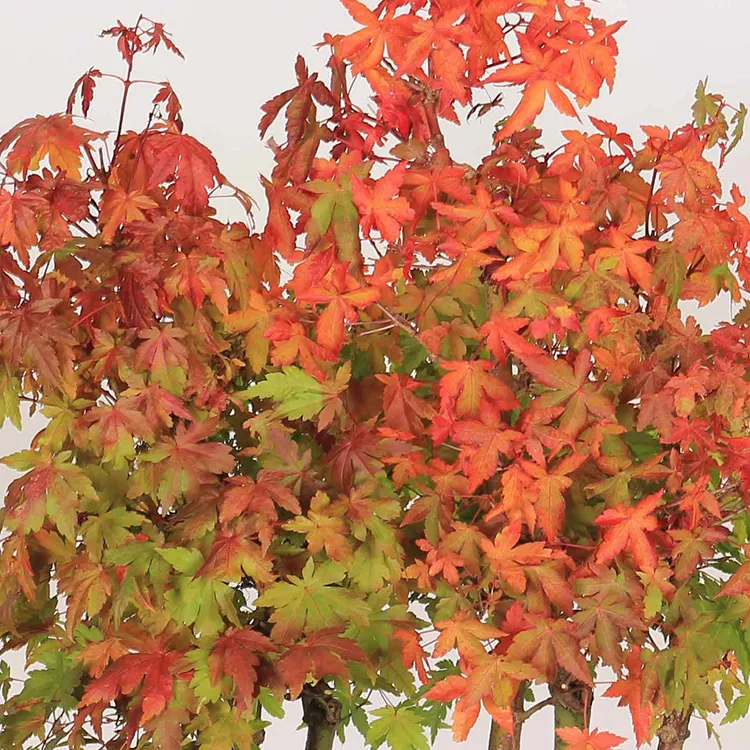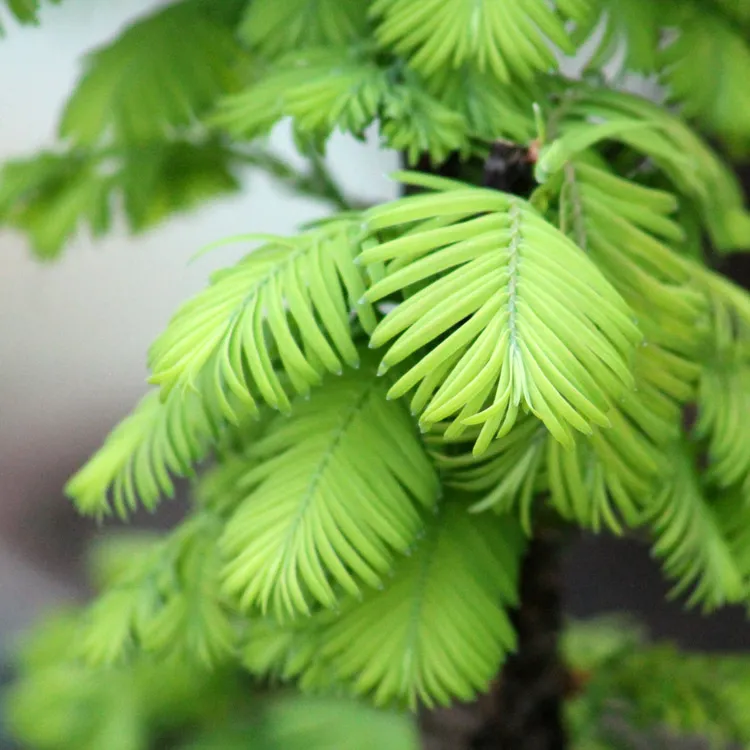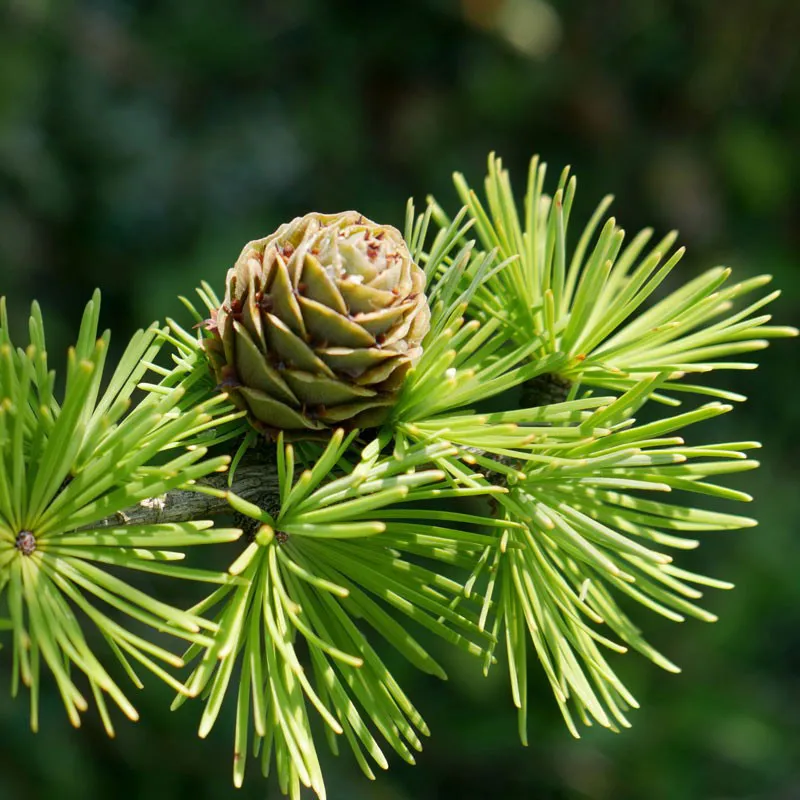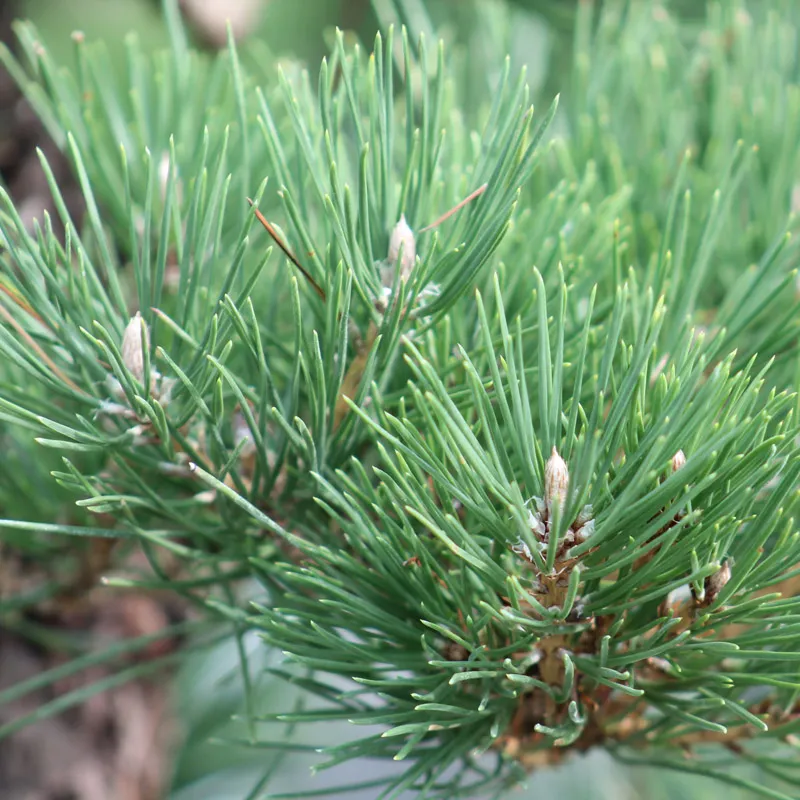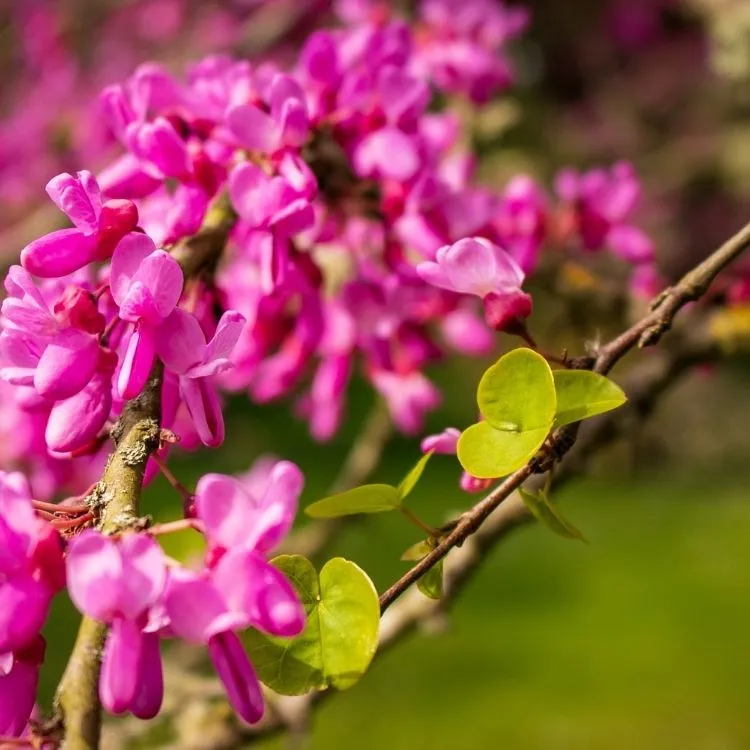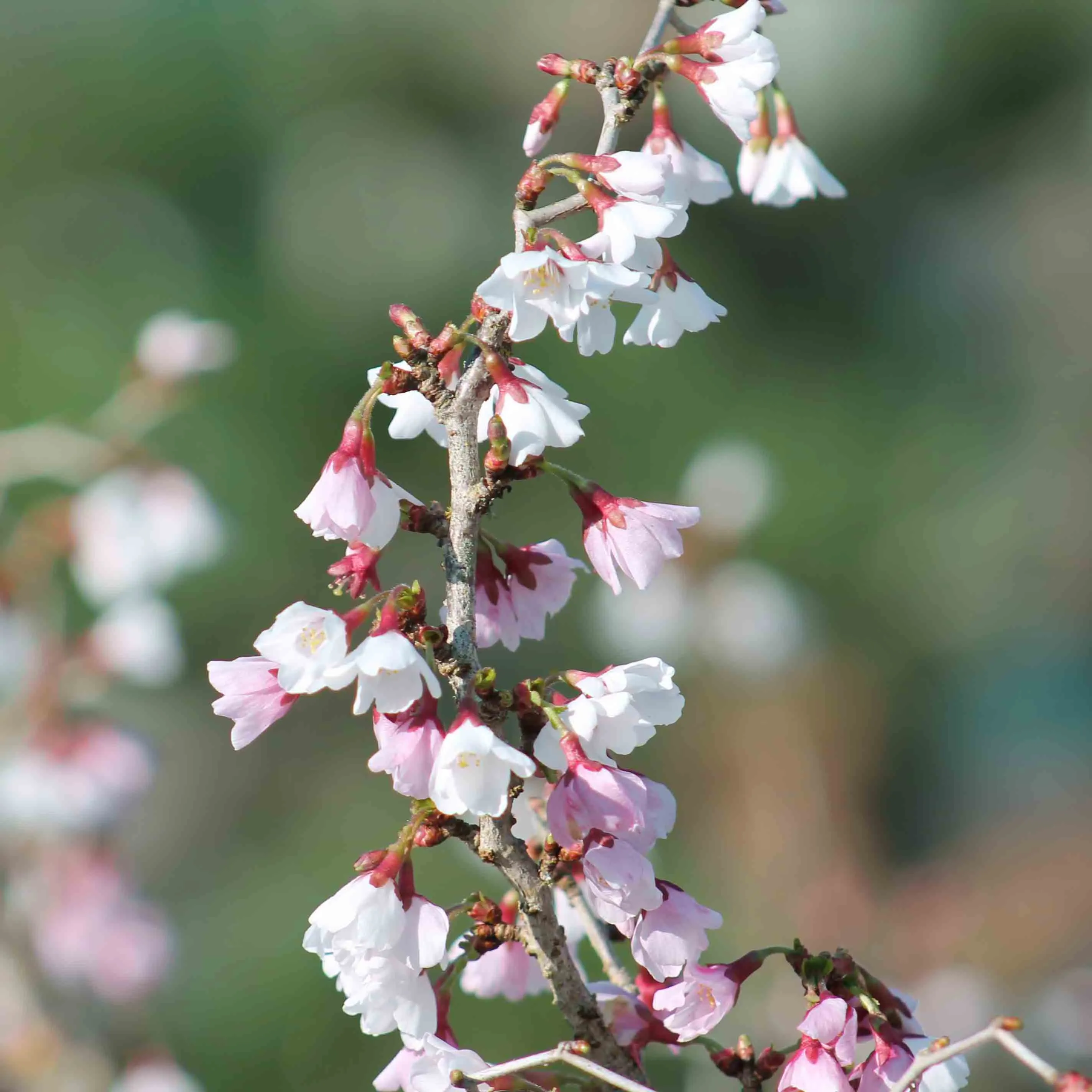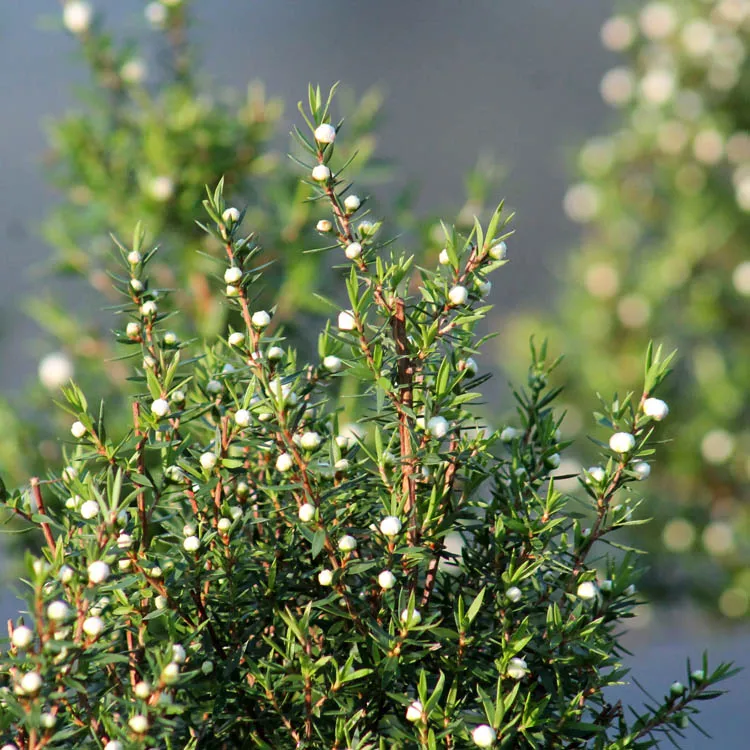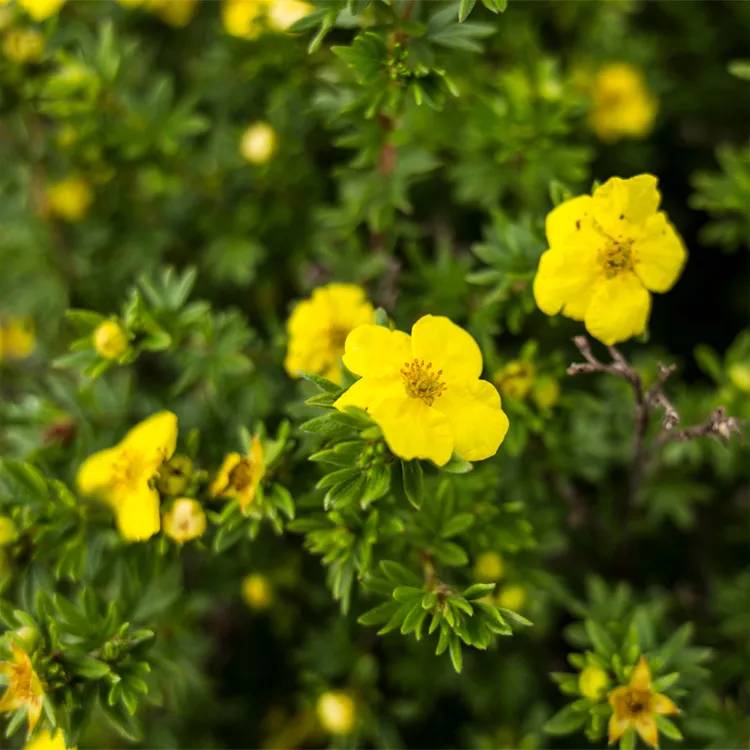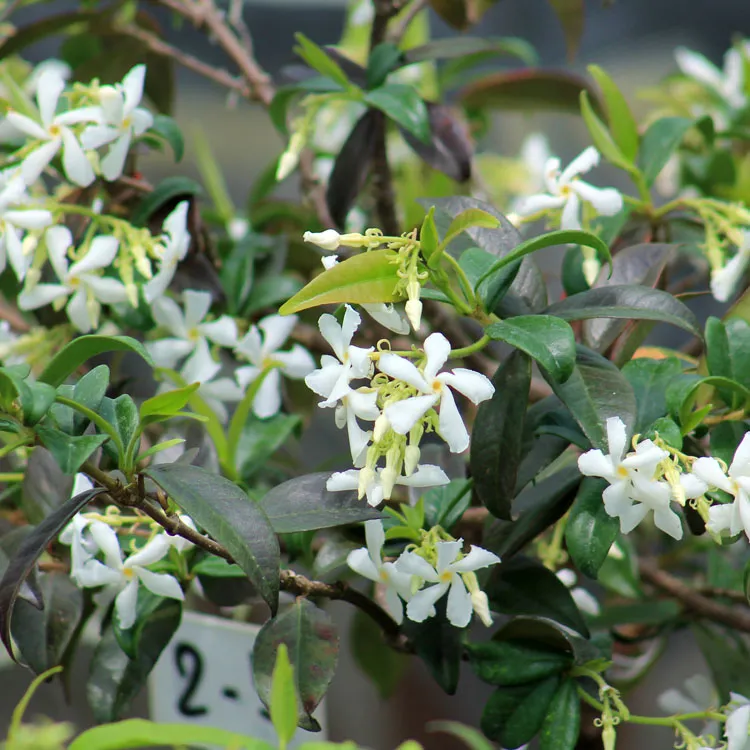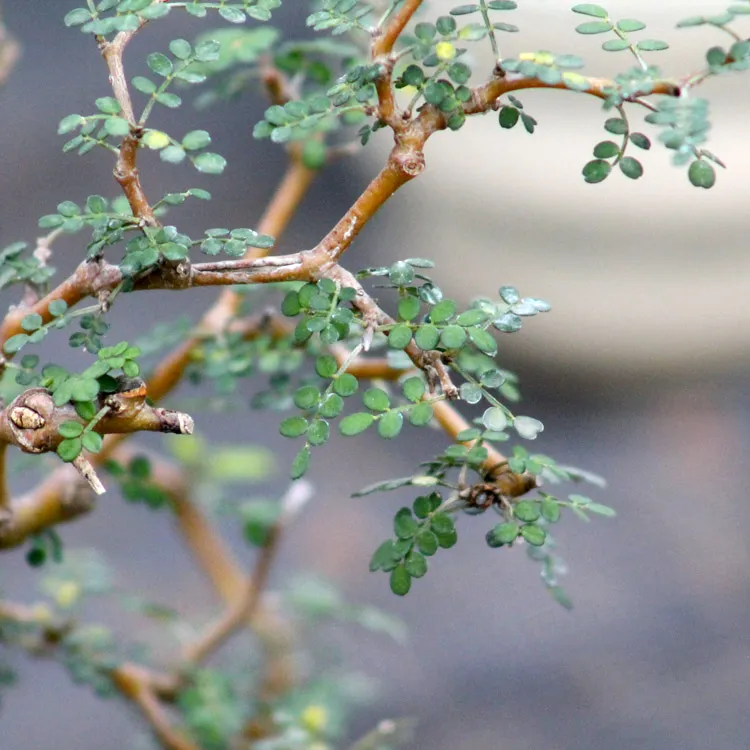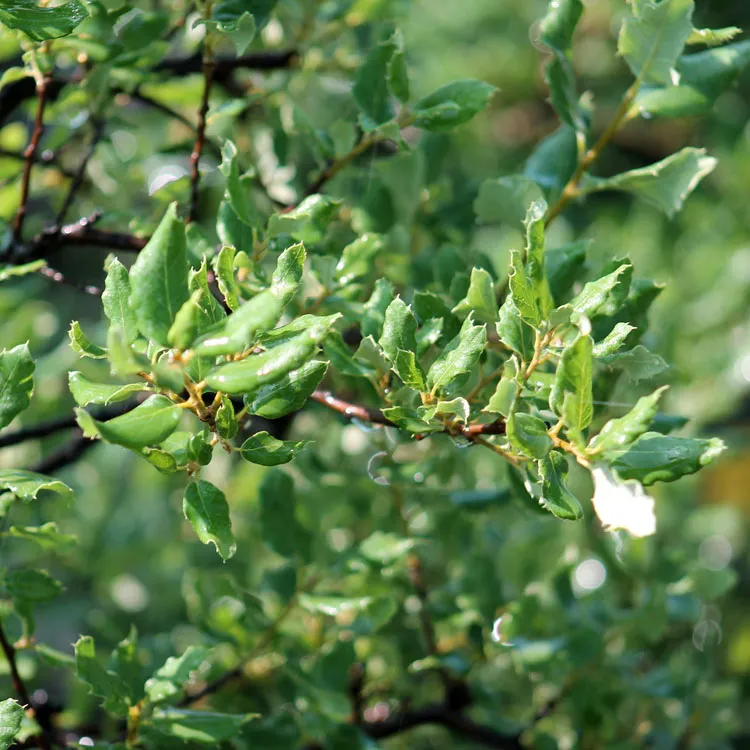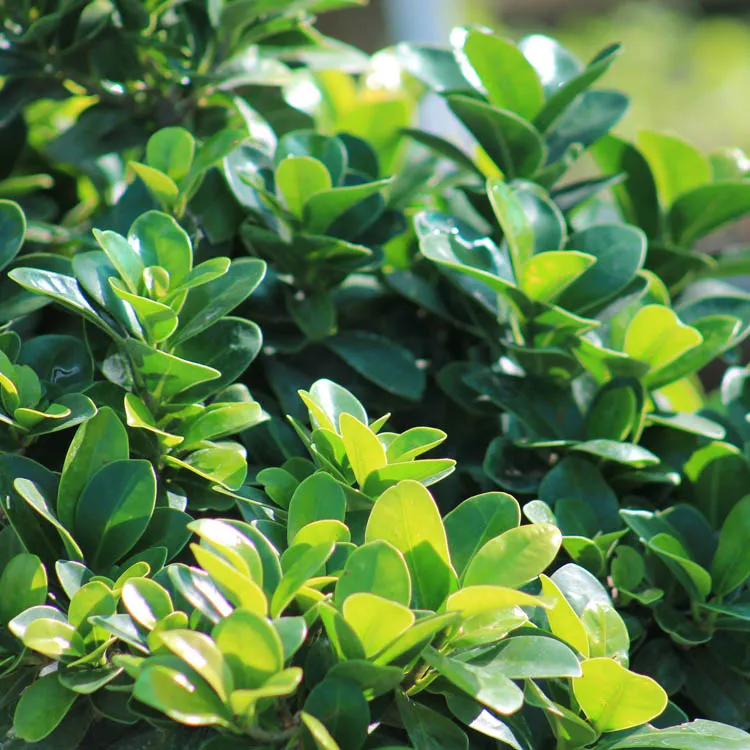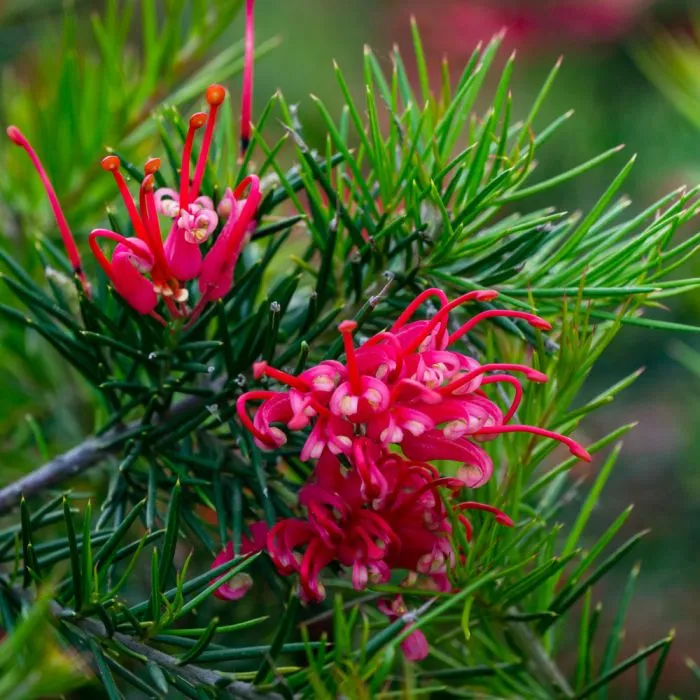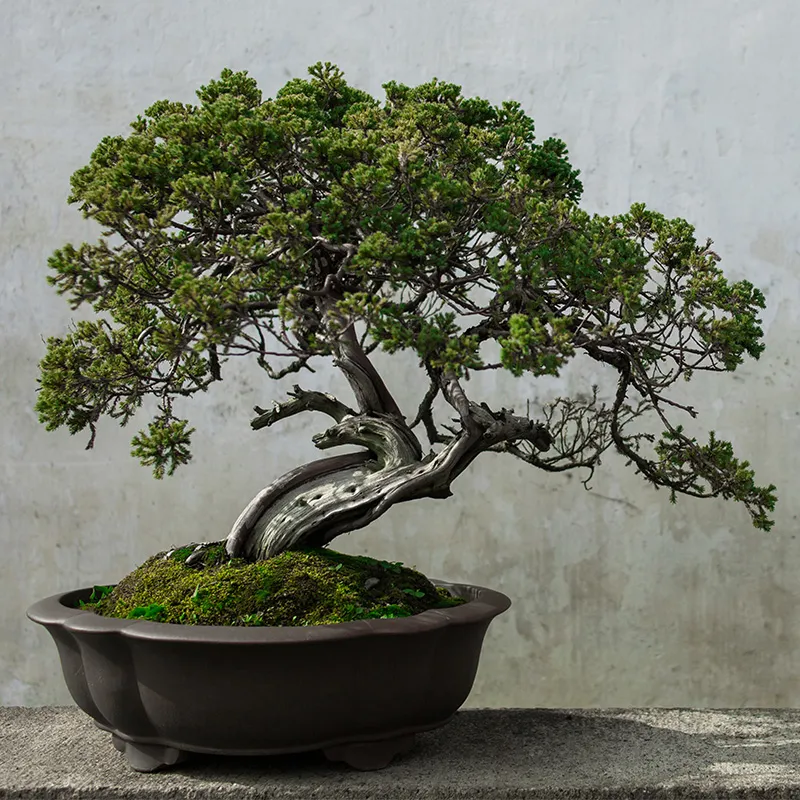Ginkgo Biloba is a unique species in the world of bonsai. Highly prized for its fan-shaped leaves that turn a golden yellow color in the fall, its growth is however very slow. In bonsai, the possibilities of shaping are quite limited, but having one in your collection always has an effect.
Ginkgo Bilola, an extremely resistant conifer
Contrary to what you might think when you see its leaves falling in the fall, Ginkgo Biloba is not a deciduous tree. It was long classified in the conifer family, before botanists created a family just for it.
The reason for this is that this tree dates back to prehistoric times, about 200 million years ago. It was thus contemporaneous with the dinosaurs, and has changed very little since then. He would be the last survivor of a large family that would have gradually died out.
Ginkgo biloba is native to China, where it has long grown endemic, although today there are no forests of this species alone. On the other hand, it is very common in temples, and it is still possible to admire very old specimens.
Ginko was then imported to Korea, Japan as early as the 12th century and it was not until the 18th century that it arrived in Europe.
It is now considered a sacred symbol of longevity, perhaps also because it was used in traditional Chinese medicine as early as 2700 BC.
If the Ginkgo Biloba has left the temple grounds to find itself as an ornamental tree in the streets of our cities, it is because it is resistant to just about everything: drought, diseases, insects, pollution. He even survived the Hiroshima bomb!
On the other hand, the first landscapers who decided to plant them quickly realized a rather peculiar characteristic of Ginkgo Biloba. It is a dioecious tree, that is, there are male and female trees. The latter carry ovules at the end of the twigs (no, they are not fruits). When they fall to the ground and decompose, they give off a stinky smell!
That's why now only male trees are planted.

The Tree of a Thousand Crowns
Ginkgo Biloba is also known as the " 40-crown tree"; legend has it that the French botanist Pétigny bought 5 plants for 40 gold crowns, a considerable sum for the time (the Ginkgos planted in France are descended from these shoots).
It is also called the tree of a thousand crowns, because of its leaves that turn from green to golden yellow in the fall. The tree then appears to be completely covered with gold shields.
In the ground, ginkgo can reach a height of 25m, but it is a tree that grows very slowly. Forming a thick trunk is a real school of patience, especially starting from a seed.
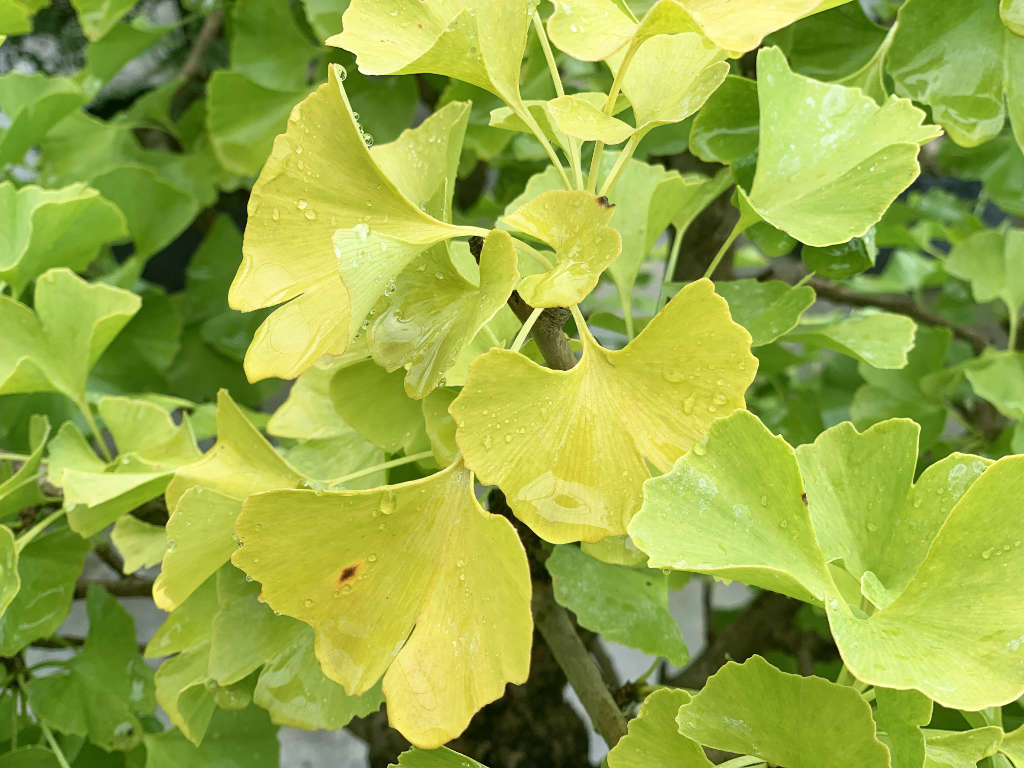
How do you care for a Ginkgo Biloba?
Exhibition
You should grow Ginkgo in the sun, especially in spring and fall. If you want to get beautiful fall colors, you will need to provide as much direct sunlight as soon as the hot weather is over.
In mid-summer, it's still a bonsai tree that likes to be in partial shade. During the hottest weeks, make a place for it under a shade or in a place that is exposed to the East, it will be all the better for it.
Although Ginkgo is a very hardy tree in the ground, its roots are still sensitive to frost. During the winter, protect the pot from heavy frosts, for example by covering it with mulch, bubble wrap or by placing the bonsai in a cold greenhouse.
Watering
It is quite water-hungry during the growing season. In nature, it is a tree that tolerates drought well, but its roots will draw water from deep down. When growing it in pots, you will have to make sure that the substrate does not dry out deeply.
From spring to autumn, water as soon as the surface of the substrate is dry. In summer, on the other hand, it's watering every day, without asking you any questions.
In winter, overwatering should be avoided at all costs, as the roots are more vulnerable in pots and do not like to be constantly immersed in water. If you live in a rainy region, remember to protect it from prolonged rainfall, while the substrate drains away from excess water.
Repotting
Bonsai trees in training will be repotted every 2 years, and for more mature plants, you can lengthen them a bit. Rather than repotting on a schedule, check the condition of the root bread. If you see long roots that surround each other to form a layer at the bottom of the pot, now is the time to prune them!
Repotting is done in early spring, just before bud break. You'll see the terminal buds swell and turn a slightly green color.
Avoid cutting too many roots and don't try to remove all of the old substrate. Stick to cutting the roots that are too long without going too deep into the root ball.
At the nursery, we use an agricultural soil composed of black peat, blond peat, topsoil, horse manure, pozzolana.
Fertilization
Despite its slow growth, Ginkgo is greedy for fertilizer. Fertilize from spring to fall.
How do you prune a Ginkgo Biloba?
During the growing season, pruning should be done green. That is, on the part that is not yet lignified. But don't expect to get a second shoot. To get an offshoot, you need years of patience.
Severely pruning a branch, directly on the wood, during the growing period is quite risky. If you want to prune a structure, wait until winter and avoid cutting too large branches, as Ginkgo heals very poorly.
Style, ligation and formatting
Ginkgo Biloba is a tree with stiff and brittle wood. Youngsters can be tied up but only to give them direction, don't expect more. The internodes are also quite long, which gives the impression of having a fairly coarse branching.
The possibilities of shaping are therefore quite limited and often it is a tree that is formed " in a broom".
The Japanese, on the other hand, have defined a style only for this species: the "flame " shape, with the branches facing upwards. It is a style that finds its inspiration in the natural habit of this tree, and which requires almost no ligature. It is a free-form form that also has the advantage of highlighting the foliage in the fall, when the tree is then completely covered with a gold-colored adornment.
The leaves of the Ginkgo tree hardly shrink when grown as a bonsai. So it's an essence that isn't really suited to shohins.


 Production of French Bonsai
Production of French Bonsai


